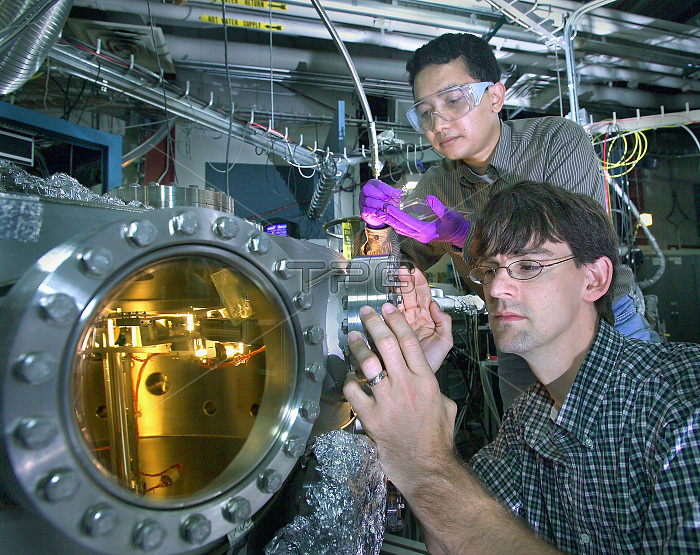
Scientists at the U.S. Department of Energy's Brookhaven National Laboratory have uncovered another possible clue to the causes of high-temperature superconductivity, a phenomenon in which the electrical resistance of a material disappears below a certain temperature. In a superconducting compound, they found evidence of a rarely seen arrangement of "holes" - locations where electrons are absent. The researchers were studying a compound made of strontium, copper, and oxygen (which they've dubbed SCO) that is one of the "cuprates," a family of compounds that contain copper oxide. In SCO, the scientists found evidence of a "hole crystal" - a rigid, ordered arrangement of holes. Holes are positively charged and, like electrons, may interact with each other to produce a superconducting current.
| px | px | dpi | = | cm | x | cm | = | MB |
Details
Creative#:
TOP22288160
Source:
達志影像
Authorization Type:
RM
Release Information:
須由TPG 完整授權
Model Release:
No
Property Release:
No
Right to Privacy:
No
Same folder images:

 Loading
Loading